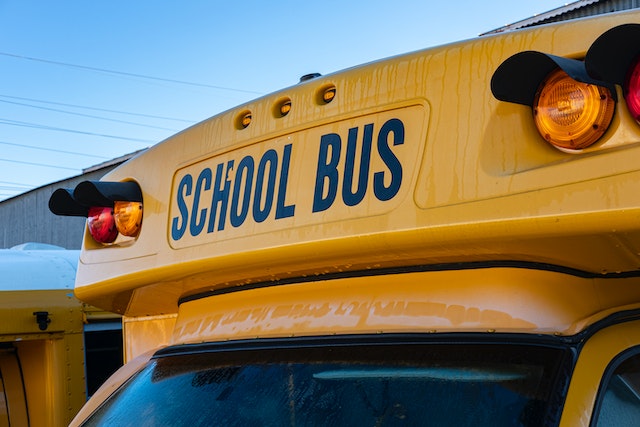Summer routines are their own kind of magic. But as school edges closer, many parents find themselves staring at their calendars wondering, how in the world do I get these kids back on track for the new year? From summer fun to first bells, here are some tips to get your kids into a back-to-school routine.

According to the experts in a recent interview with Parents.com, they say that routines are not just helpful, they’re essential.
“There’s a definite benefit to routine,” Melissa Racioppa, PhD, CCLS, a professor of psychology at Utica University told the outlet. “It brings a level of comfort, it’s a predictable structure… it creates a climate that allows for other levels of development to happen.”
Translation, routines make room for growth. When kids know what to expect, they’re free to focus on learning, connecting, and navigating their day, rather than just figuring out what’s next.

Frank C. Worrell, PhD, of UC Berkeley, takes it a step further, saying, “Research studies have shown that routines help with the development of self-regulation, healthy sleeping patterns, academic achievement, and general psychosocial adjustment,” he shared.
Routines don’t have to be timed to the second. Think rhythm, not rigidity. That’s why bedtime routines can start at 7 p.m. one night and 8:15 the next, what matters is that the steps remain the same. Pajamas. Brush teeth. Book. Song. It’s the sequence that creates security, not the clock.
Even small rituals can build connection. Dr. Annemarie Hindman of Temple University reminds us how something as simple as a bedtime kiss can help a child feel tethered to their parent, even from the classroom. “Some [routines] can communicate the togetherness of the family even when the child is somewhere else,” she told Parents.
Let’s be honest, mornings can be brutal. And it turns out, science agrees. Studies have shown that cortisol (that’s the stress hormone) spikes in chaotic or conflict-heavy mornings. Dr. Hindman warns that this can follow kids through their school day. But, she says, a calm and consistent routine, like waking up, dressing, having breakfast, and grabbing a backpack—can smooth that transition and set the tone for success.

So, where should parents start when implementing a back-to-school routine.
Rachel Razza, PhD, stated consistency is key. “If parents want to start a new routine, or make a change to a current routine, then it needs to be repeated over time in a reliable manner.”
That said, flexibility matters too. Life happens. Kids get sick. Travel plans pop up. And sometimes we parents just don’t have the energy. “Interruptions are part of life,” Dr. Razza said. “Allowing some flexibility can also be an opportunity for children to practice skills related to unexpected situations.”
Even during these detours, Dr. Worrell states that communication is everything. “The goal of routines is to provide a sense that the world is a predictable and understandable place… It’s less about being rigid… than about being consistent.”

As for how routines look by age? For babies and toddlers, think sensory, music, smell, and touch bring them comfort. For preschoolers, keep it simple. Dr. Racioppa said: “Bedtime! Pajamas, brush teeth, story!” That’s the kind of structure that works for little ones.
By elementary school, kids can start managing time more literally. “They really do enjoy structure and routine,” she states. It’s a great time to encourage prepping backpacks and lunches the night before.
And for teens? Start letting them steer. Offer gentle structure, but let them decide what works. “At this point, routines should hopefully be more of a habit, with their own twist on it,” Dr. Racioppa adds.

And if you’re still scrambling by week two? That’s normal. Routines aren’t built overnight. “We’re not morning people!” Dr. Hindman said. “Have I planned ahead to make sure my daughter gets up early enough? No! Mornings are really hard!”
The point is, give yourself and your family grace. A little consistency, a lot of flexibility, and a dash of humor? That’s the real back-to-school routine.






